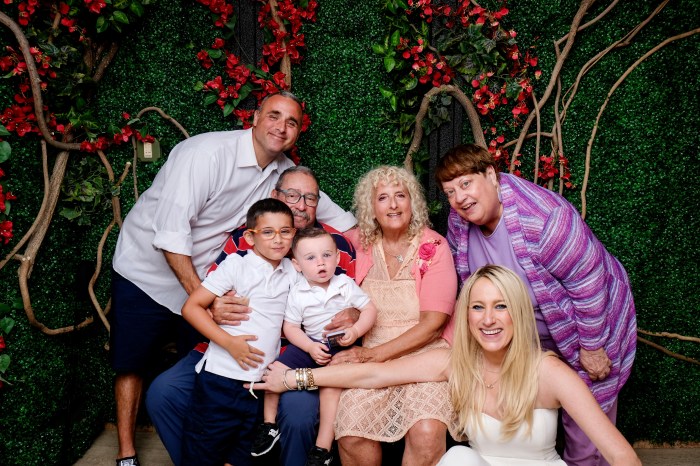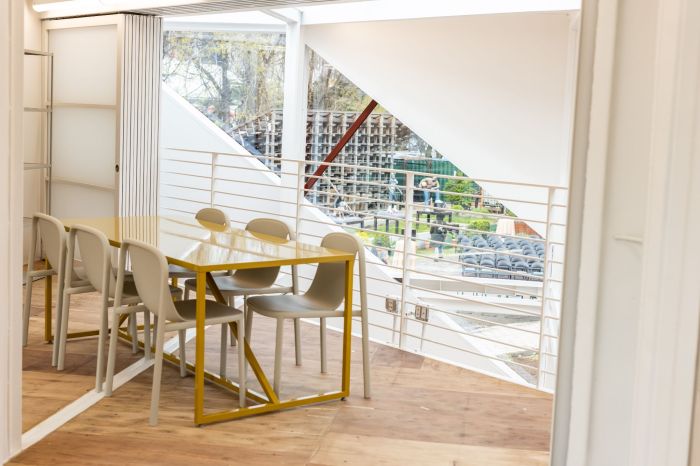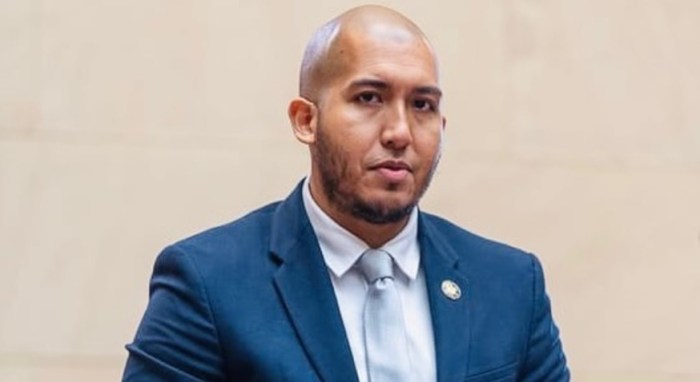By Sajan P. Kuriakos
The woman with wispy blond hair wove her black Volvo expertly through the double-parked melee of north Main Street traffic and lamented what had become of Flushing.
“I used to walk down here,” she said, her eyes ignoring the pedestrians, almost all Asian, shopping on a Sunday.
She glanced perfunctorily at the shops selling fruits, vegetables and the window fronts with the roasted ducks. She watched instead the cars squirming like worms behind her, each vying for space; to squeeze into the crowded residential alcoves of Sanford and 41st Avenues, the confusion of Roosevelt Avenue and the desolate stretches of College Point Boulevard.
“I’d come here and walk down the street and go into the stores,” she muttered. “I could come down Main Street and have a hot dog–if I wanted one.”
She pointed at a cart that sells fried noodles half a block south from the post office. Now, she said, she wouldn’t drive through if she could help it.
And so she’s about to leave Flushing, after 20 years in the neighborhood. The downtown co-op where she lives now is no longer the home she had once envisioned.
What she’s, in fact, tired of is the facade of Flushing. “It’s the way it looks now,” she admitted after a short while.
It is the tumult of Chinese and Korean shop signs that make her insecure. Call her xenophobic, racist, ignorant, and the rest. But her sense of unease is shared among many white residents in and around downtown Flushing.
What’s more, most candidates in this year’s running for outgoing City Councilwoman Julia Harrison’s Flushing seat acknowledge the proliferation of Asian signs is a serious issue among the white voters in the district. And these voters, despite some theories, far outnumber the Asian voters.
Last month, nine of the 10 candidates for Harrison’s seat gathered in the auditorium of the New York Hospital Medical Center of Queens at the invitation of the Queensboro Hill Civic Association. Two were members of the Green Party and the rest were Democrats. Of the nine three were Chinese American, one Korean American and one was Hispanic.
Those who care about such things might have said the celebrated multiculturalism of Flushing was well reflected at the meeting.
The Queensboro Civic, which, although officially non-partisan, is widely considered a significant source of support for Harrison. The civic’s president, Bessie Gasparre, is a community liaison at Harrison’s Main Street district office.
The influential organization covers an area of roughly 90 blocks between the Long Island Expressway to the south and 56th Avenue to the North; College Point Boulevard and Kissena Boulevard form the western and eastern boundaries.
Like many political clubs and community groups, the Queensboro Civic, which represents solid middle class, mostly white, homeowners, wanted to know the candidates’ positions on issues relevant to its members. In the end, however, the three-hour meeting was devoted mainly to just one issue, the question of “non-English” signage in the downtown area and along Northern Boulevard.
“What will you do about the signage in Flushing?” Gasparre. asked the candidates. “These signs are ugly and offensive, they should be in English and have prices in English shown in the window.”
Gasparre had clearly given voice to what members of her civic felt. After her question, fired off at the start of the question-and-answer period, there was little else the audience wanted to discuss.
And the candidates, who to a man had trumpeted the diversity of Flushing and their own particular place in the mosaic in their opening statements, found themselves in favor of passing legislation outlawing Asian-only signs in Flushing.
It’s unlikely they could have said otherwise. They were in the presence of old Flushing. Flushing when it was European. These were also people who took time to go to the polls and vote.
According to figures culled by a marketing agency called Voter Contact Services, which sells data on voter profiles to candidates seeking local and national offices, the average age of the registered voter in the 20th Council District, which covers all of Flushing, is 51. Of the 53,879 registered voters in the district, 14,271 are 65 and older.
The majority of this age group is white. Asians of voting age and above make up 11,367. The 65-plus cross-section far exceeds any other individual group. And it is this group that has been the staunch supporter of the 80-year-old Harrison, who as far back as 1991 proposed laws to curb the proliferation of Asian signs in downtown Flushing.
Decried as racist, the proposal died a quick death. In 1996, Harrison was quoted in an interview in The New York Times referring to Asian immigrants as “invaders” and a “colonizers.” During the furor caused by her remarks, the Democratic organization of Queens abandoned her and newspaper editorials excoriated her.
But her core constituency, made up of homeowners not unlike the Queensboro Civic, rallied to her support. In 1997, the last time she stood for re-election, she won the Democratic primary in a landslide. It was this group of Harrison’s supporters the candidates were courting that May night.
These people had seen downtown Flushing change from a familiar white middle-class enclave to a disturbingly foreign Asian commercial and residential area. “ It does not look like America anymore,” said one homeowner.
Never mind that the homeowner couldn’t say what America was supposed to look like. It couldn’t be all white, because then she stood to be labeled a racist. It turned out that all she wanted was Flushing to return to the old days.
Too late … Flushing has changed and the change is here to stay. It has to be realized that the neighborhood’s Chinese and Korean business and real estate owners have become significant sources of money for the Democratic machine in the borough.
It’s highly unlikely any law will force the merchants to use English inside or outside their Flushing stores. If they change, then it will be because they want to. And if we are to believe in the resilience of the American fabric, then that’s they way it ought to be.

































